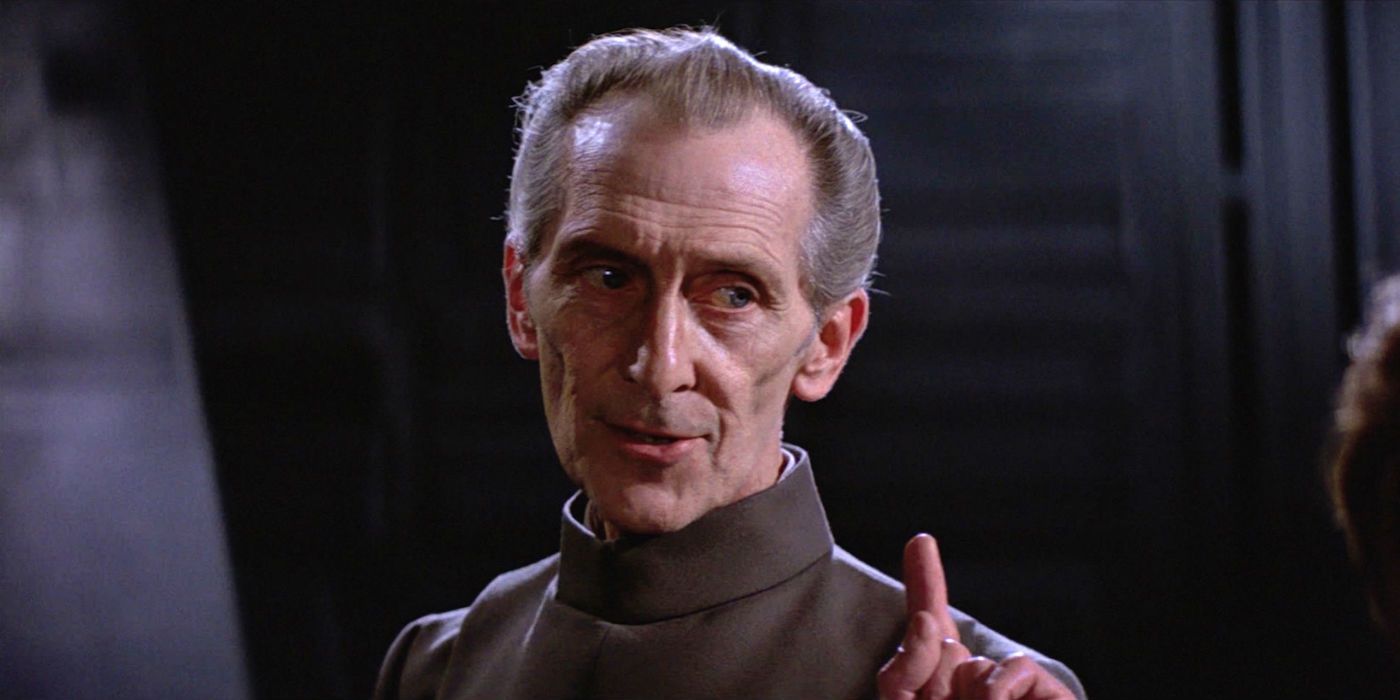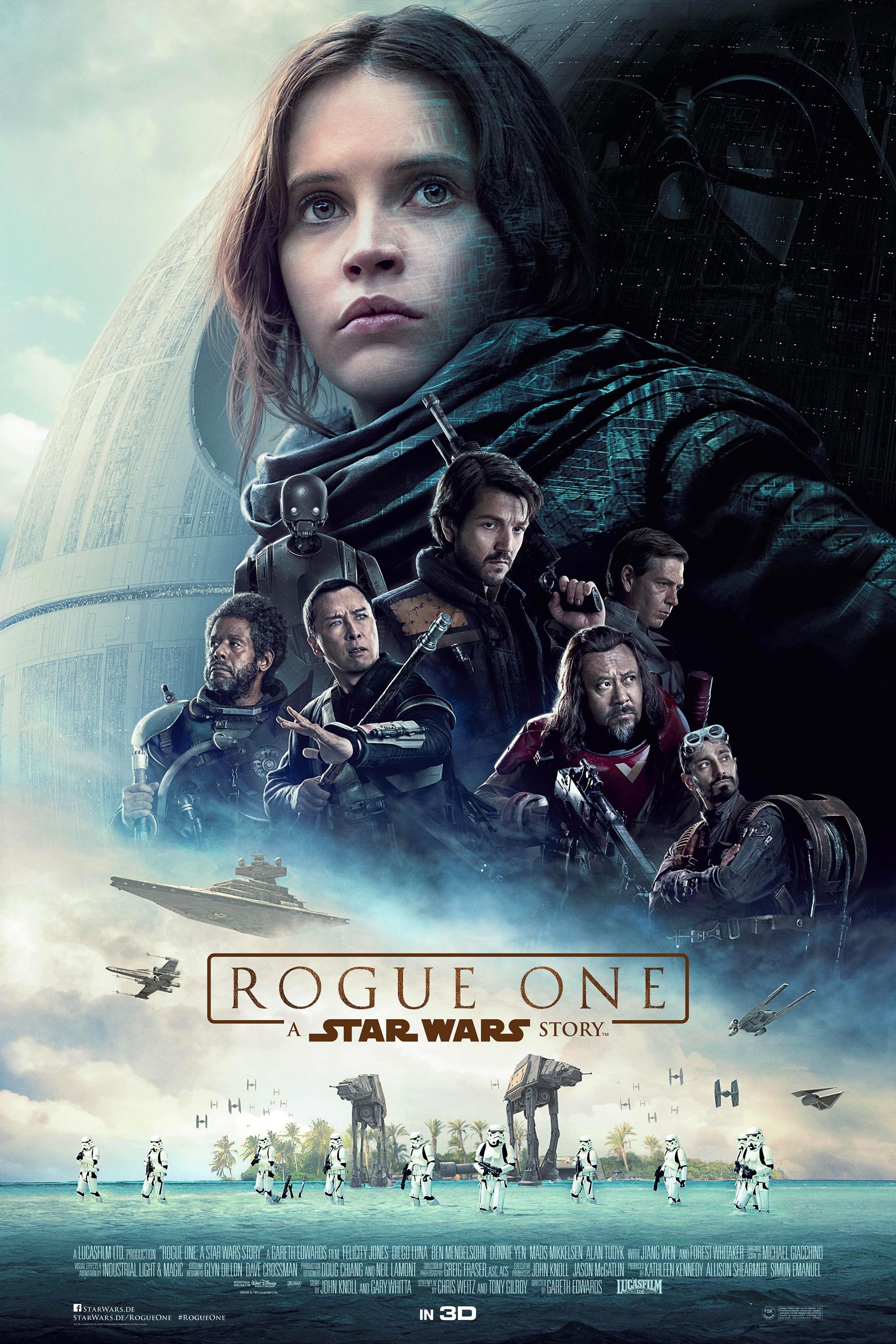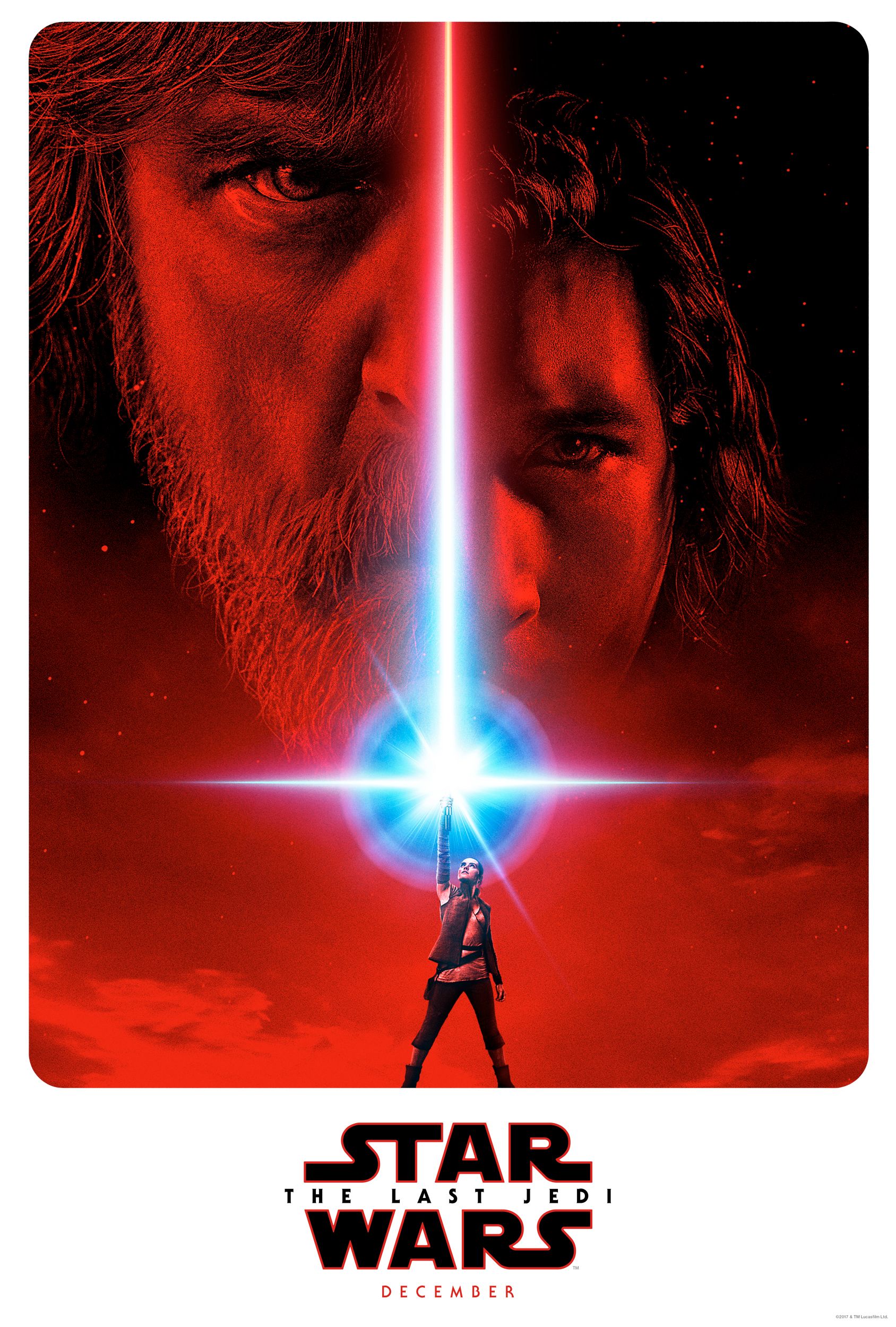Star Wars is a film franchise known for its revolutionary visual effects, and the team behind Rogue One: A Star Wars Story pulled out all the stops when it came to crafting Grand Moff Tarkin. In what amounted to a huge risk, Industrial Light & Magic used the wonders of modern CGI to place the late Peter Cushing's likeness over the face of actor Guy Henry, who played the character during principal photography. The decision proved to be one of the most divisive in the movie, as some viewers felt uncomfortable with the ethical slippery slope it introduced. Still, Lucasfilm received permission from Cushing's estate and have said it is not something that will frequently be used for their films.
Those who know Rogue One's Tarkin is the result of state-of-the-art digital manipulation may be able to spot out some imperfections if they look closely, but moviegoers who were unaware were highly impressed with the final results. Indeed, upon first viewing, some were surprised to learn that Tarkin was not entirely human, seeing the bold experiment as the latest instance of industry magic. People curious to learn how exactly ILM achieved this will want to tune into a Nightline report on ABC tonight (January 4, 2017) that will detail this very subject.
Nightline correspondant Clayton Sandell took to Twitter to share a brief preview of the upcoming episode, which offers a glimpse at the extensive process. Henry is seen in the flesh wearing motion-capture equipment on his head before the ILM wizards take over and painstakingly add a "digital human" to the original footage. This marks the first time CGI Tarkin will officially be featured in any tie-in materials to Rogue One. You can check out the video below:
Tonight on @Nightline: visual effects wizards at @ILMVFX reveal secrets & challenges behind the digital characters in @starwars #RogueOne. pic.twitter.com/0jhkcDhuND— Clayton Sandell (@Clayton_Sandell) January 4, 2017
Those who praised the work done by ILM felt it represented the next step forward in special effects technology, as the recreation of Cushing was eerily lifelike. As stated above, the uninitiated who were unfamiliar with Cushing's role in the original Star Wars were taken aback when they learned the truth, which is the ultimate compliment for the artists. The goal of any visual effect is to be invisible and blend in with the picture, never distracting the audience from the story being told. It's safe to say Rogue One's Tarkin was successful in this regard, and the film has gone on to become a well-received box office smash. From humble beginnings, the employees of ILM have always been challenging themselves, and for some this is their finest work to date.
The debate surrounding CGI Tarkin may never be fully resolved for a number of reasons, but the filmmakers went into this with the best intentions. Given the nature of Rogue One's narrative, it would have been a glaring hole if Tarkin was not present in some capacity. Time will tell how these effects ultimately age, but for now, it's hard to deny their quality. If the Star Wars spinoff is nominated for Best Visual Effects at this year's Oscars, it will have been well deserved.
Nightline airs at 12:37 a.m. EST on ABC.
Source: Clayton Sandell




